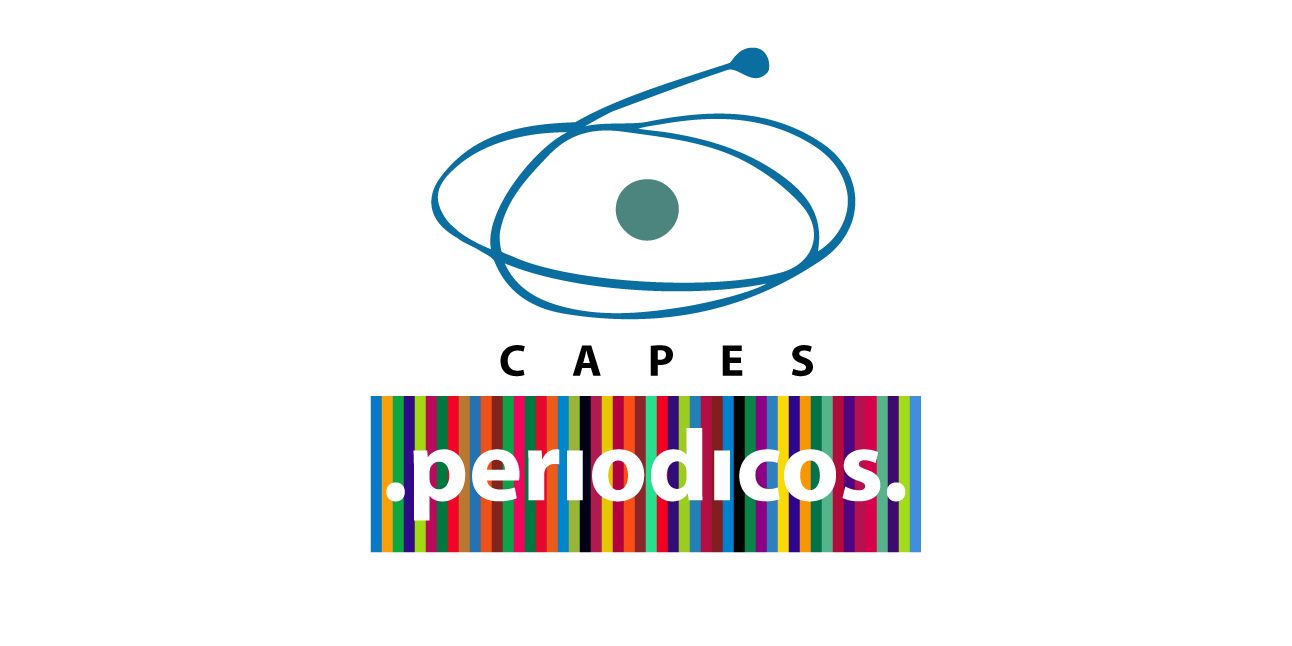Effect of ultrasound treatment in fresh apple juices from different cultivars
DOI:
https://doi.org/10.17765/2176-9192.2023v25n1e12028Palavras-chave:
Cavitação, Sonicação, Análise de cores, PolifenoloxidaseResumo
O processo de sonificação é baseado no fenômeno da cavitação, que permite a extração de compostos quimicos, homogeneização de soluções e quebra de células vegetais. Assim, este trabalho teve como objetivo avaliar o efeito do tratamento ultrassônico em sucos de maçã para controlar o efeito de escurecimento enzimático. Três diferentes variedades de maçã, Gala, Fuji e Argentina, foram utilizadas para extrair os sucos e, em seguida, submetidas ao tratamento ultrassônico por 0, 5, 15 e 30 minutos. Foram avaliados sólidos solúveis totais, teor de ácido cítrico, pH, concentração de compostos fenólicos e aspectos de cor. A variedade de maçã Argetina apresentou maiores valores de sólidos solúveis totais e pH, sem diferenças visuais entre os tratamentos. Em contrapartida, o tratamento de ultrassom na maçã fuji apresentou diferença estatística em relação à amostra controle, no que diz respeito ao teor de ácido cítrico. A análise do parâmetro L*, representando a luminosidade, apresentou pequenas variações variando de 24,78 a 28,27 em todas as amostras, não sendo observadas diferenças significativas entre os diferentes tempos de tratamento. Além disso, o parâmetro a* apresentou diferença significativa apenas para a maçã Gala nos tratamentos 0 e 5 min. O valor de b* e Chroma foi maior na variedade Argentina (5,78 a 7,05 e 6,08 a 7,42, respectivamente) do que em Fuji e Gala. Por outro lado, foi observada diferença estatística no HUE na variedade Gala, frente a Fuji e Argentina. O teor de compostos fenólicos nas variedades de maçãs permaneceu inalterado pelo tratamento ultrassônico, com valores variando de 52,47 a 116,23 mg de ácido gálico equivalente L-1. Os resultados obtidos não indicaram variações significativas entre as durações do tratamento de ultrassom nos parâmetros avaliados. Assim, sugere-se que um novo procedimento de ultrassom utilizando sonda e/ou controle de temperatura pode ser mais eficaz na diminuição do efeito de escurecimento enzimático.Referências
ARNOLD, M.; GRAMZA‐MICHAŁOWSKA, A. Enzymatic browning in apple products and its inhibition treatments: A comprehensive review. Comprehensive Reviews in Food Science and Food Safety, [s. l.], v. 21, n. 6, p. 5038–5076, 2022. Disponível em: https://onlinelibrary.wiley.com/doi/10.1111/1541-4337.13059.
BOTREL, N. et al. Potencial do armazenamento refrigerado para cenouras cultivadas em sistema orgânico e convencional. In: CONGRESSO BRASILEIRO DE OLEICULTURA, 52, 2012. Anais [...]. [S. l.]: Embrapa, 2012. p. S7581–S7586. Disponível em: https://ainfo.cnptia.embrapa.br/digital/bitstream/item/69967/1/A5341-T7468-Comp1.pdf.
FERREIRA, B. et al. EXTRAÇÃO ASSISTIDA POR ULTRASSOM PARA DETERMINAÇÃO DE LIPÍDEOS EM ALIMENTOS: UM EXPERIMENTO DE LABORATÓRIO. Química Nova, [s. l.], 2020. Disponível em: https://quimicanova.sbq.org.br/audiencia_pdf.asp?aid2=9145&nomeArquivo=ED2020-0114.pdf.
FERREIRA, B. L. et al. Innovative approach for obtaining phenolic compounds from guava (Psidium guajava L.) coproduct using ionic liquid ultrasound-assisted extraction (IL-UAE). Biocatalysis and Agricultural Biotechnology, [s. l.], v. 38, p. 102196, 2021. Disponível em: https://linkinghub.elsevier.com/retrieve/pii/S1878818121002929.
FERREIRA, B. L. et al. Ultrasound-assisted extraction using [BMIM][Cl] ionic liquid as an effective method for recovering phenolic compounds from the coproduct of guava processing. Food Science Today, [s. l.], v. 1, n. 1, 2023. Disponível em: https://journals.royaldataset.com/fst/article/view/5.
HAMDAN, N. et al. Prevention of Enzymatic Browning by Natural Extracts and Genome-Editing: A Review on Recent Progress. Molecules, [s. l.], v. 27, n. 3, p. 1101, 2022. Disponível em: https://www.mdpi.com/1420-3049/27/3/1101.
LUTZ, I. A. Métodos Físico-Químicos para Análise de Alimentos. 4. ed. São Paulo: [s. n.], 2005.
MOON, K. M. et al. Recent Trends in Controlling the Enzymatic Browning of Fruit and Vegetable Products. Molecules, [s. l.], v. 25, n. 12, p. 2754, 2020. Disponível em: https://www.mdpi.com/1420-3049/25/12/2754.
MOOZ, E. D.; CASTELUCCI, A. C. L.; SPOTO, M. H. F. Technological and nutritional potential of macaúba fruit Acrocomia aculeata (Jacq.) Lodd. Revista Brasileira de Pesquisa em Alimentos, [s. l.], v. 3, n. 2, p. 86, 2012. Disponível em: https://periodicos.utfpr.edu.br/rebrapa/article/view/3379.
PAN, Y. et al. Ultrasound treatment inhibits browning and improves antioxidant capacity of fresh-cut sweet potato during cold storage. RSC Advances, [s. l.], v. 10, n. 16, p. 9193–9202, 2020. Disponível em: http://xlink.rsc.org/?DOI=C9RA06418D.
QIAO, L. et al. Novel browning alleviation technology for fresh-cut products: Preservation effect of the combination of Sonchus oleraceus L. extract and ultrasound in fresh-cut potatoes. Food Chemistry, [s. l.], v. 348, p. 129132, 2021. Disponível em: https://linkinghub.elsevier.com/retrieve/pii/S0308814621001345.
SARANRAJ, P.; BEHERA, S. S.; RAY, R. C. Traditional Foods From Tropical Root and Tuber Crops. In: INNOVATIONS IN TRADITIONAL FOODS. [S. l.]: Elsevier, 2019. p. 159–191. Disponível em: https://linkinghub.elsevier.com/retrieve/pii/B9780128148877000071.
SINGLETON, V. L.; ROSSI, J. A. J. Colorimetry of total phenolics with phosphomolybdic-phosphotungstic acid reagents. American Journal of Enology and Viticulture, [s. l.], v. 16, p. 144–158, 1965.
YILDIZ, G.; AADIL, R. M. Comparative analysis of antibrowning agents, hot water and high-intensity ultrasound treatments to maintain the quality of fresh-cut mangoes. Journal of Food Science and Technology, [s. l.], v. 59, n. 1, p. 202–211, 2022. Disponível em: https://link.springer.com/10.1007/s13197-021-05001-y.
YILDIZ, G.; IZLI, G.; AADIL, R. M. Comparison of chemical, physical, and ultrasound treatments on the shelf life of fresh‐cut quince fruit ( Cydonia oblonga Mill.). Journal of Food Processing and Preservation, [s. l.], v. 44, n. 3, 2020. Disponível em: https://onlinelibrary.wiley.com/doi/10.1111/jfpp.14366.
ZAWAWI, N. A. F. et al. Thermal, High Pressure, and Ultrasound Inactivation of Various Fruit Cultivars’ Polyphenol Oxidase: Kinetic Inactivation Models and Estimation of Treatment Energy Requirement. Applied Sciences, [s. l.], v. 12, n. 4, p. 1864, 2022. Disponível em: https://www.mdpi.com/2076-3417/12/4/1864.
Downloads
Arquivos adicionais
Publicado
Como Citar
Edição
Seção
Licença
A Revista se reserva o direito de efetuar, nos originais, alterações de ordem normativa, ortográfica e gramatical, com o intuito de manter o padrão culto da língua, respeitando, porém, o estilo dos autores. As opiniões emitidas pelos autores são de sua exclusiva responsabilidade.Juntamente com o e-mail de aceite (para casos de aprovação) será encaminhado modelo da Carta de Direitos Autorais que deverá conter o nome completo dos autores, bem como dados de documentos pessoais e assinada por todos os autores e coautores envolvidos no trabalho.
Autores mantém os direitos autorais e concedem à revista o direito de primeira publicação, com o trabalho simultaneamente licenciado sob a Licença Creative Commons Attribution CC-BY-NC que permite o compartilhamento do trabalho com reconhecimento da autoria e publicação inicial nesta revista.










